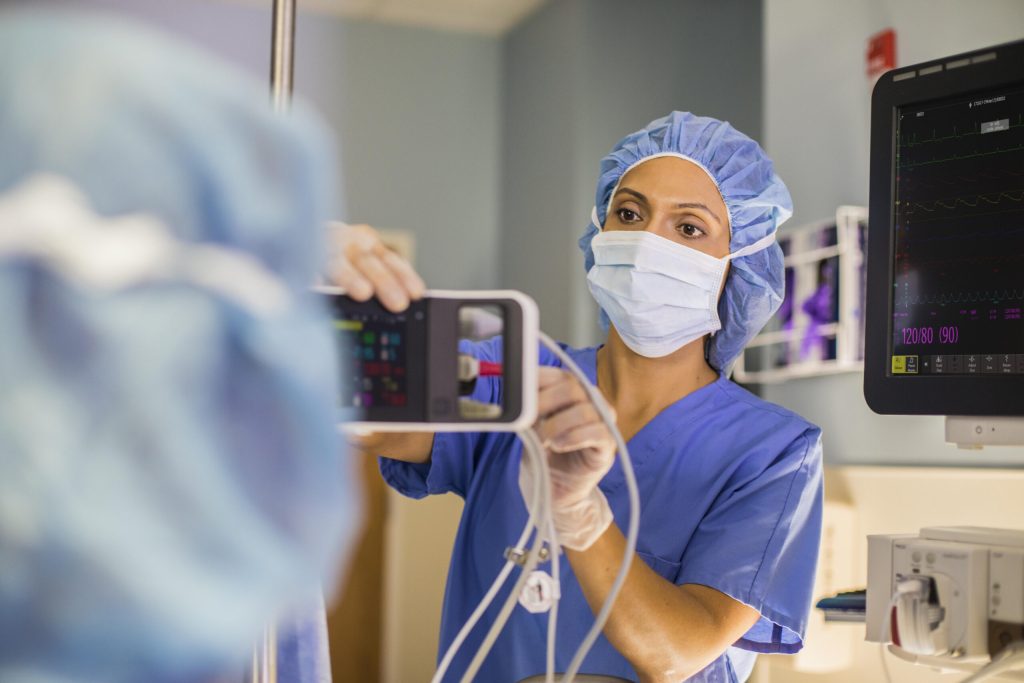
Understanding Patient Remote Monitoring
Patient remote monitoring has emerged as a transformative approach in modern healthcare. It allows healthcare providers to track patient health data outside traditional clinical settings. With devices and digital tools, patient remote monitoring ensures timely detection of health changes, promoting proactive interventions. By implementing Patient remote monitoring, hospitals and clinics can reduce readmissions, enhance chronic disease management, and provide personalized care plans tailored to individual patient needs.
Key Benefits of Patient Remote Monitoring
One of the primary advantages of patient remote monitoring is improved patient engagement. Patients become active participants in their care, tracking vital signs and symptoms from home. Patient remote monitoring also leads to better clinical outcomes by allowing physicians to detect early signs of complications. Cost efficiency is another significant benefit, as patient remote monitoring reduces unnecessary hospital visits and emergency interventions. Additionally, patient remote monitoring helps in optimizing healthcare resources, ensuring that attention is focused on patients who need it most.
Technologies Driving Patient Remote Monitoring
Patient remote monitoring relies on advanced technologies such as wearable devices, mobile health applications, and connected medical equipment. Wearables can track heart rate, blood pressure, glucose levels, and other vital parameters continuously. Mobile applications integrate this data, allowing patients and providers to access real-time insights. Cloud-based platforms and AI algorithms further enhance patient remote monitoring by analyzing trends, predicting risks, and providing actionable recommendations.
Patient Remote Monitoring for Chronic Disease Management
Chronic diseases like diabetes, heart disease, and hypertension benefit significantly from patient remote monitoring. Regular tracking of vital signs allows for early intervention and prevents complications. Patient remote monitoring enables healthcare providers to adjust medications, recommend lifestyle changes, and provide guidance without requiring frequent in-person visits. This continuous oversight improves patient adherence to treatment plans and overall quality of life.
Enhancing Elderly Care with Patient Remote Monitoring
The elderly population often faces multiple health challenges that require constant attention. Patient remote monitoring ensures seniors can live independently while staying connected to healthcare providers. Through patient remote monitoring, caregivers receive alerts about abnormal readings, falls, or other emergencies, enabling timely assistance. This approach not only enhances safety but also provides peace of mind for families.
Integration of Patient Remote Monitoring in Telehealth
Patient remote monitoring complements telehealth services effectively. Virtual consultations combined with real-time patient data make clinical decisions more accurate. Patient remote monitoring allows physicians to review health trends before telehealth appointments, ensuring consultations are targeted and efficient. The integration of patient remote monitoring into telehealth also expands access to healthcare for patients in rural or underserved areas, bridging gaps in care delivery.
Addressing Challenges in Patient Remote Monitoring
While patient remote monitoring offers numerous benefits, there are challenges to consider. Data security and patient privacy are critical concerns, as patient remote monitoring involves transmitting sensitive health information. Ensuring device accuracy and reliability is essential to maintain trust in patient remote monitoring. Training both healthcare providers and patients on using these technologies effectively is also a crucial step for successful implementation.
Best Practices for Implementing Patient Remote Monitoring
Healthcare organizations looking to adopt patient remote monitoring should start with clear objectives. Selecting the right devices and platforms that integrate seamlessly with existing electronic health records is vital. Patient education is another key factor, ensuring they understand how to use monitoring devices correctly. Continuous evaluation and feedback loops help optimize patient remote monitoring programs, improving outcomes and patient satisfaction over time.
Future Trends in Patient Remote Monitoring
The future of patient remote monitoring looks promising with advances in AI, machine learning, and wearable technology. Predictive analytics will allow healthcare providers to anticipate health events before they occur. Integration with smart home devices and Internet of Things (IoT) technology will make patient remote monitoring more seamless and convenient. As patient remote monitoring evolves, it is expected to become a standard component of personalized healthcare, driving better health outcomes globally.
Conclusion
Implementing patient remote monitoring is a crucial step toward modernizing healthcare delivery. By leveraging technology, patient remote monitoring enhances patient engagement, improves chronic disease management, and ensures timely interventions. Despite challenges related to privacy and device management, patient remote monitoring provides measurable benefits for both patients and healthcare providers. As healthcare continues to advance, patient remote monitoring will remain central to achieving better health outcomes, reducing costs, and expanding access to quality care.



